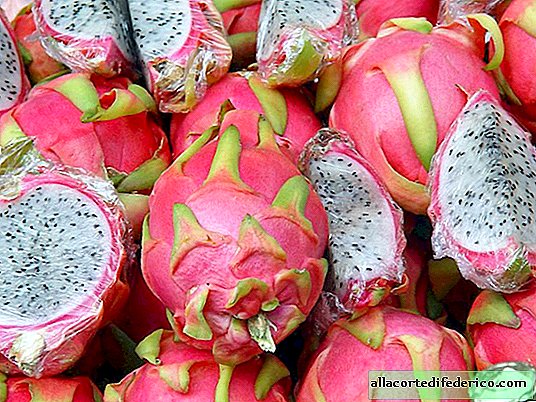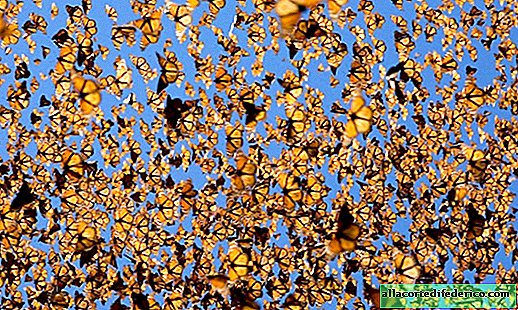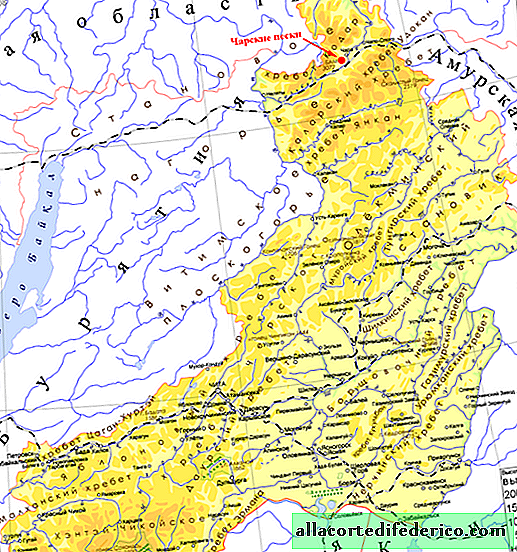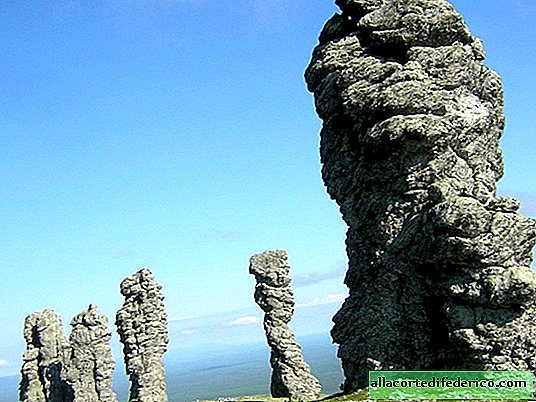How pitaya and other cacti grow that produce edible fruits
Cacti are not only the prickly inhabitants of the desert, but also valuable fruit plants that are cultivated in many countries of the world, including Israel, Mexico, Thailand, Indonesia and China. And the well-known pitaya, or dragon fruit, is also a cactus fruit.
 Pitaya - cactus fruit
Pitaya - cactus fruitThe homeland of cacti is South and North America, where about 1,500 species of these succulent plants grow in the wild. But not all cacti live in deserts. Among these plants, forest or epiphytic cacti are distinguished, which live in moist tropical forests on tree trunks, next to orchids and bromeliads, and desert cacti are all familiar.
 Flowering indian prickly pear
Flowering indian prickly pearIndians of pre-Columbian America cultivated cactus with tasty and juicy fruits - Indian prickly pear (lat. Opuntia ficus-indica). Opuntia fruits were also enjoyed by Europeans, and soon an unpretentious plant that could grow on sand and stones began to be grown in the Mediterranean, in the north of Africa and in the countries of the Middle East. But Mexico is still the country where this cactus is grown, and in the local markets you can find fruits of different varieties of Indian prickly pear, differing in color and size.
 Peeled fruits of different varieties of prickly pear Indian
Peeled fruits of different varieties of prickly pear IndianToday, Indian prickly pear is cultivated in Israel, whose territory is almost entirely occupied by deserts. This unpretentious perennial plant gives juicy fruits, which are called sabra here. Prickly pear grows where most cultivated plants simply cannot survive, it does not need fertile soil and watering. In addition to Israel and Mexico, this plant is cultivated in many regions of the planet: India, Brazil, Chile, Ethiopia and Egypt.
 Opuntia fruit
Opuntia fruitEpiphytic creepers heliocereus are another cacti whose fruits are eaten. Pitaya, or dragon fruit, which has recently been found on the shelves of our stores, is nothing but the fruits of heliocereus.
 The fruits of heliocereus - pitaya, or dragon fruit
The fruits of heliocereus - pitaya, or dragon fruitToday, the main producers of these fruits are the countries of Southeast Asia. Plantations of these plants with surprisingly beautiful white flowers can be found in Malaysia, Indonesia, China, Thailand, Vietnam and the Philippines.
 Flowering heliocereus
Flowering heliocereusThe stems of heliocereus are soft and long, so they are tied to special posts up to 1.5-2 meters high. After flowering, dangling shoots produce bright pink juicy fruits. Under favorable conditions, heliocereuses produce 4-6 crops per year.
 Heliocereus plantation
Heliocereus plantation

















